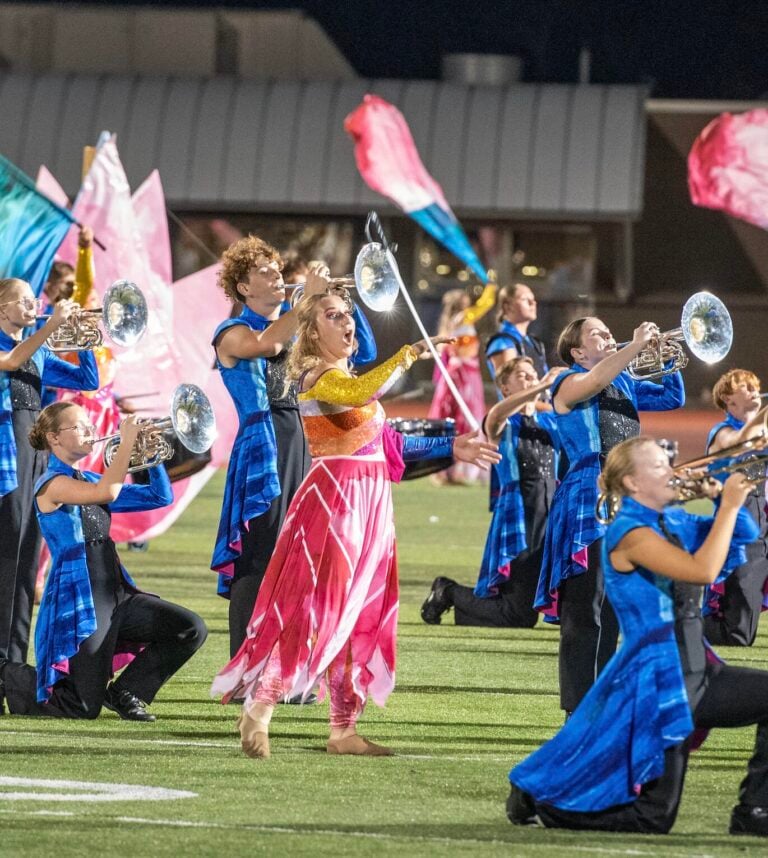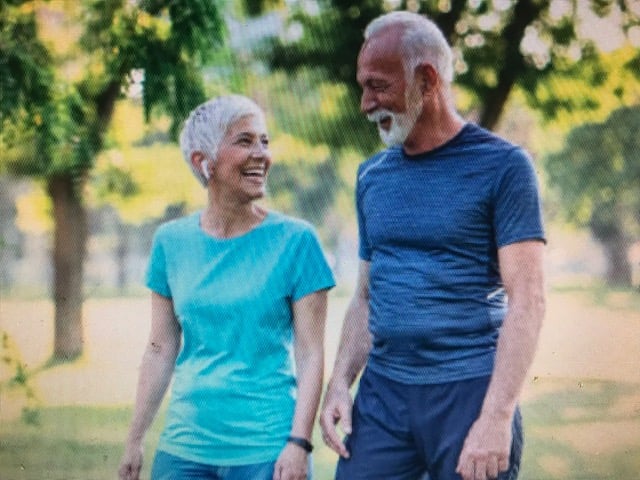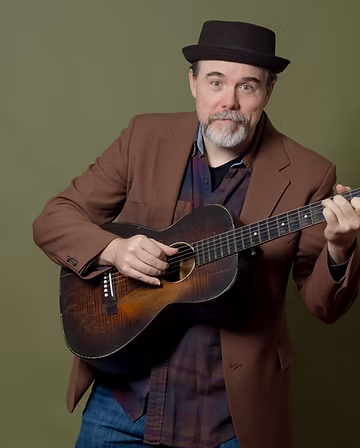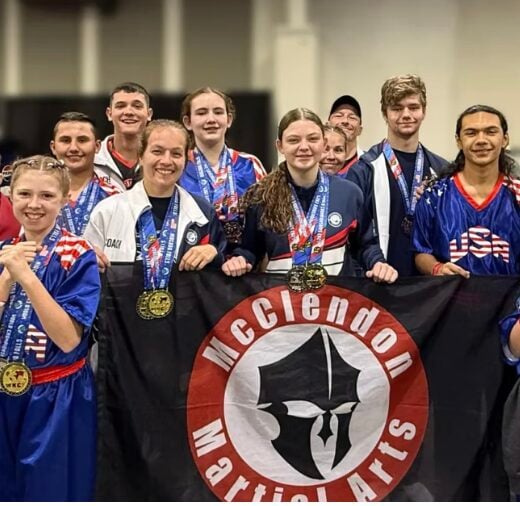October is here and the Halloween season is nearly upon us.
Community groups, schools, charities, non-for-profit organizations will be designing, setting-up, and operating temporary haunted houses, with the intend to amuse, entertain and scare guests willing to enter at their own risk.
Halloween is the second-largest commercial holiday in America as more than $7 billion is spent on candy, costumes and “haunted” activities across the country. Research has shown that people love being scared while in a safe environment, and are willing to pay for the experience to be scared out of their wits at these seasonal haunted houses.

Many of these short term enterprises do a good job scarring the begeebies out people, but as a skeptical risk management and safety professional these ventures frighten me for other reasons. For some people the scariest part of Halloween is knowing that rent or the mortgage is due the next day, but for me I see danger beyond the zombies and inbreed0looking chainsaw toting mass murders.
Many of these short-term enterprise can pop-up and disappear long before local officials have had a chance to even think about inspecting.
In talking with a local Fire Marshall, code enforcement and even planning and zoning officials, each of them opening admitted to me that it’s very possible that these small enterprises can fly under the radar; and by the time they learn about them they have already packed up and left.
Local Fire Marshalls inspect for fire and life safety violations at such venues as festivals and outdoor amusements events where tents and temporary structure are erected, and the Planning and Zoning will zero in to determine if the venue is suitable for the area, primary concerning themselves with local traffic patterns and neighborhood concerns.
As for the city code enforcement, if a building has already been issued a certificate occupancy and/or if not notified, then they too may very well not be aware that the occupancy of a certain structure has changed into a ghostly and demonic inhabited building.

The concern that I have is that in many cases, these temporary “haunted house” are configured in a manner that potentially increase the risk to the public’s safety because of the added audio-visual special effects, props, fog, mirrors, reduced lighting, combustible materials, and confusing and/or maze-like means of egress arrangements.
To be competitive and attractive to their communities, many haunted house operators continue to look for more creative ways to make the public’s experiences as realistic as possible, often times blurring the line between fantasy and reality; where safety may not be at the forefront of the operator’s priority list.
If a fire was to break out and smoke started to fill a haunted house, I would suspect that many of the guests at first would believe that it is all apart of the show. Fires usually go undetected for a number of minutes and if the haunted house operator is unaware of a fire, then many of the guests continue through the structure not realizing that they only have minutes or maybe even seconds to get out.
Once these trapped guests realize that they are caught in the middle of a raging fire, will they be able to located the nearest exits? Will those exits be properly marked and unobstructed to provide a means for quick and proper egress?
Many of these haunted houses are designed to be confusing in a maze-like manner, and many of the guests can become disoriented with strobe lights, mirrors, flashing lights & loud noises making it even that much more difficult to determine which direction to go; other than forward.
Then the other big question is, are these fly-by-night haunted houses adequately insured in the event somebody were to become gravely injured? If somebody is severely injured, will there be enough coverage to cover the cost of a potential claim or lawsuit? If there is an insurance policy enforced, does it have adequate limits of liability and is that insurance carrier aware that they are operating a haunted house? Could it be excluded from their current policy because it doesn’t fit within the scope of their original operation?
If it isn’t covered under their insurance policy then there wouldn’t any recourse for an injured party to seek compensation for their injuries, medical bill or loss of future wages.
Given the number of tickets sold to these venues and the number or people that are within the confines of a haunted house at any given time on any given weekend in October, it would be foolish not to say that this is a ticking time bomb waiting to happen.

When compared to other countries around the world, in America we have some of the best safety standards, guidelines, regulations, etc. to best protect the general public, volunteers and employees. But normally most of safety regulations came about from a reactionary stance, verses a pro-active stance— where people had to die before they were created.
Take for instance just here in the state of Kentucky, some of the most sweeping new safety rules were the result of the 1977 Beverly Hills Supper Club Fire and the 1988 Carrolton Bus Crash. Where legislative changes were quickly set into motion because lawmakers and the public demanded change after each of these horrific events.
Unfortunately it takes a tragedy on a large scale to push for most safety regulatory changes, even when we all know it would make sense before the tragedy.
In 1984 at an haunted attraction at Six Flags Great Adventure in new Jersey, eight teenage kids lost their lives after being trapped and unable to locate an exit, prompting the NFPA it issue a special provision for “Special Amusement Buildings” requiring automatic sprinkler system” that is properly installed and maintained in these type of structures..
Such a standard has made amusement park haunted houses safer, but it does not address your average small town community haunted house.
Regrettably as it stands now, the state of Kentucky currently does not have any fire codes specific to haunted houses, and only a handful of states have attempted to address this potential for a tragedy.
In an effort to minimize the risk to occupants of these seasonal attraction the State of Indiana has implemented some of the most stringent safety codes for all haunted houses that operator within their state.
According to their state law every haunted house operator is subject to inspection and must be certified before they even open their operate. They require that in any facility using the maze concept, that there shall be no dead-end corridors and there shall be an obvious exit out of the maze for every fifty (50) feet (fifteen and twenty-four hundredths (15.24) meters) of linear travel. All stairways shall be illuminated at a level of a least one (1) foot-candle (eleven (11) lux).
They go as far as to limit the number of individuals in a group and each group shall be accompanied or supervised by a staff person who is eighteen (18) years of age or older. This staff person shall have in his or her possession an operable flashlight and shall be completely familiar with the facility.

In addition to the applicable building codes, the state of Indiana requires that the local servicing fire department be contacted at least three (3) working days prior to the placing of the facility in operation for an inspection and planning of evacuation procedures. A sketch of the floor plan must be provided to the servicing fire department to facilitate these procedures.
They also limit the width & height of the mazes; limit the total number of occupants, fire extinguisher shall be posted every 75 feet, automatic smoke detectors must be installed and hard wired to all the others so that when one goes off the rest will sound an alarm.
They prohibit open flames, temporary heating sources, and require that all materials used in all the displays and construction of the maze shall be inherently flame resistance or made so by treatment with a flame retardant. All substances used to make materials flame-resistant shall be applied in accordance with the manufacturer’s instructions, and the containers and proof of purchase of the substances shall be retained for inspection by the code official.
I’m not one to lean for more governmental regulations, but when it comes to public safety I strongly feel that the state of Kentucky should follow Indiana lead and be proactive to protecting the public safety before there is a regrettable incident that forces our hand out of grief afterwards.
I know it may be “witchful thinking,’ but none of us really have nine lives.
Be Safe My Friends

Keven Moore works in risk management services. He has a bachelor’s degree from University of Kentucky, a master’s from Eastern Kentucky University and 25-plus years of experience in the safety and insurance profession. He lives in Lexington with his family and works out of both the Lexington and Northern Kentucky offices. Keven can be reached at kmoore@roeding.com.





















